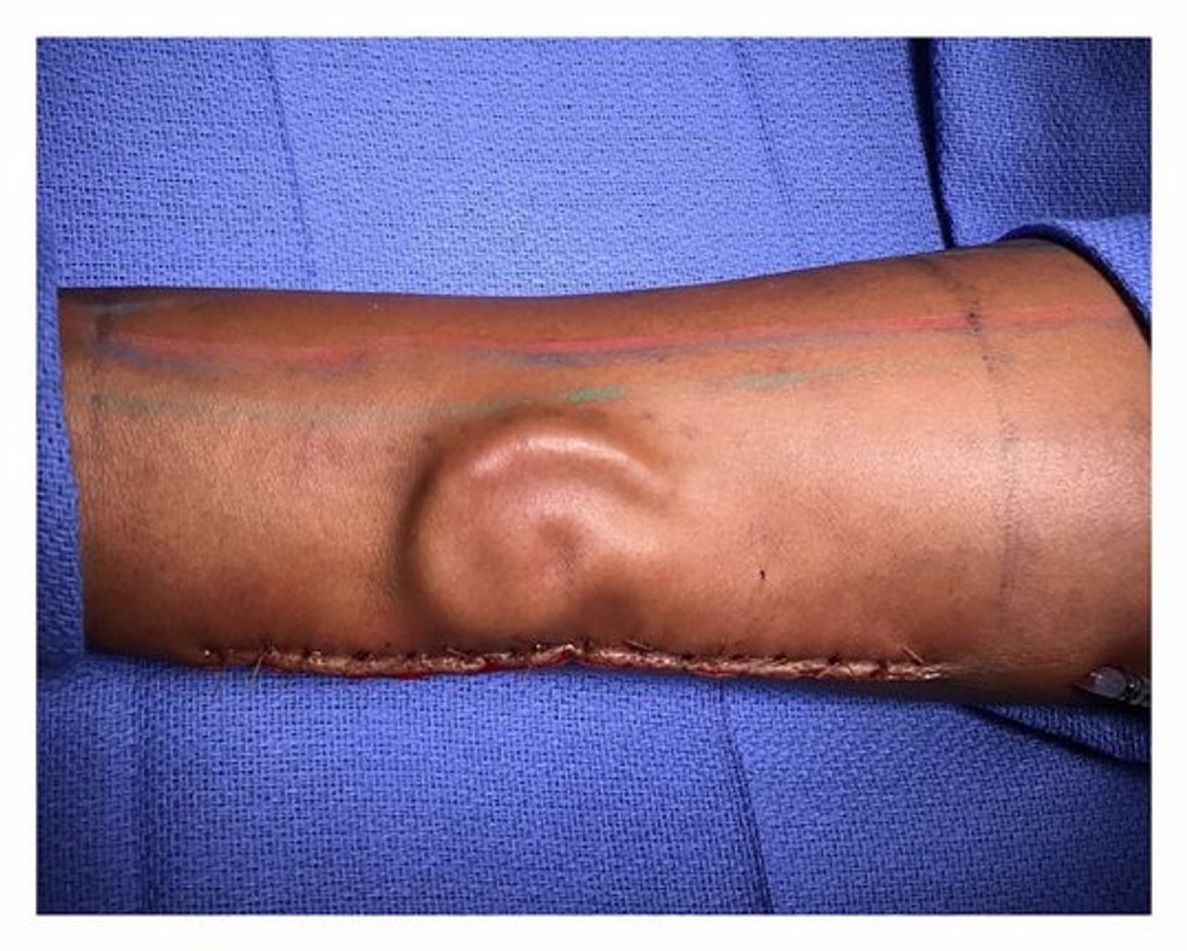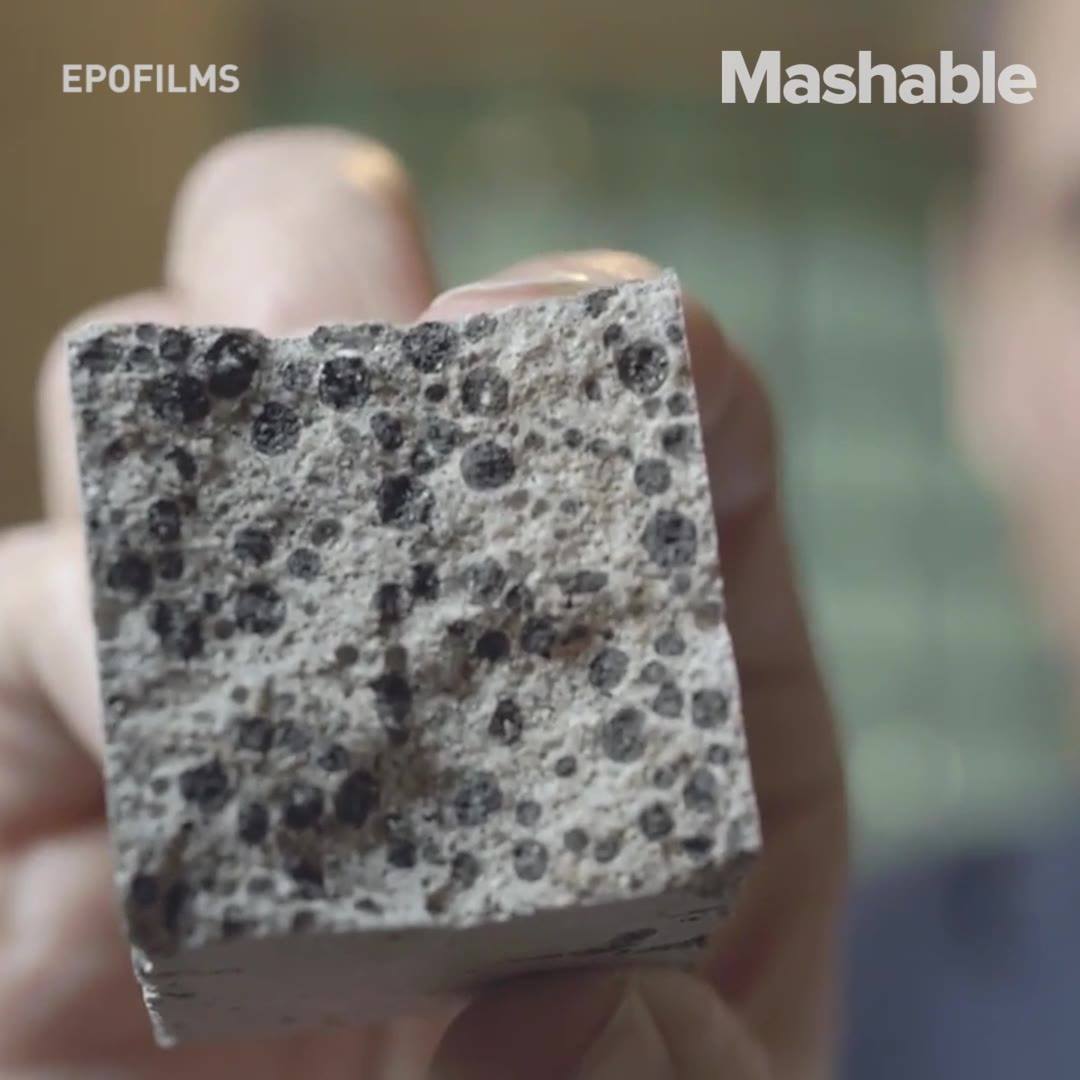Archive for the ‘materials’ category: Page 256
May 16, 2018
Plastics are ubiquitous in the deep ocean — even in the Mariana Trench
Posted by Bill Kemp in category: materials
May 14, 2018
This ‘singing’ space cloud is where stars and planets are born
Posted by Genevieve Klien in categories: materials, space

Long before our Sun formed it was nothing more than a bunch of material floating listlessly in a large cloud of gas, dust, and debris. These space clouds, called nebulas, are where stars and planets are born, eventually coalescing into larger bodies which become slaves to gravity and form systems such as the one we currently reside in. But what factors affect star and planet formation, and what ultimately determines the type of stars that form? Using observations of one very special nebula, scientists now think have begun to understand.
One of the biggest hurdles in studying these molecular space clouds is that telescopes can only produce a 2D picture of them, making it impossible to model the interior structure and movements of the dust and gasses. Researchers focused on the cloud known as Musca, which lies hundreds of light years away from Earth, but is still close enough to study. The scientists discovered that this particular cloud is “singing.”
Continue reading “This ‘singing’ space cloud is where stars and planets are born” »
This image shows the bright light of a solar flare on the left side of the Sun and an eruption of solar material shooting through the Sun’s atmosphere.
May 10, 2018
Doctors Replaced a Soldier’s Lost Ear Using a Wild Medical Technique
Posted by Genevieve Klien in categories: biotech/medical, materials
In a first for United States Army doctors, Burrage received an ear transplant that was grown from her own tissue inside her own body. A team, led by Lieutenant Colonel Owen Johnson III, the chief of plastic and reconstructive surgery at William Beaumont Army Medical Center in El Paso, Texas, harvested cartilage from Burrage’s ribs, carved it into the shape of an ear, and implanted it under the skin in her arm. There, it developed blood vessels, which Johnson says will allow Burrage to regain feeling in the ear once it’s healed. In an announcement released on Monday, Johnson called the operation a success.
Article continues below.
May 6, 2018
This concrete-smoothing robot is laser-guided
Posted by Dan Kummer in categories: materials, robotics/AI

This machine can smooth 10,000 square feet of concrete — the equivalent of a New York City block — in an hour.
May 2, 2018
Why public spaces in European cities are becoming homogenized
Posted by Bill Kemp in category: materials
European public spaces are becoming more original, but also more homogeneous. The author of an architecture thesis, written at EPFL, explains this paradox and calls on critics and public authorities to do something about it.
For almost two decades, designers of public spaces throughout Europe have been striving to give passers-by unique experiences. Using a multitude of materials, shapes, interactive street furniture and sensory effects, these squares, streets and walkways are becoming genuine tourist attractions for their cities. The problem is that, rather than integrating with the existing urban environment, the public spaces of the 21st century are tending to diverge from it intentionally and, most importantly, to look alike.
This is one of the findings in Sonia Curnier’s thesis, which she researched at EPFL’s Theory and History of Architecture Laboratory (LTH2), supervised by Bruno Marchand. Until now, academic research has mainly focused on the use of public spaces, for example observing whether or not passers-by really connect with them, but spent very little time looking at their design. This is the novel approach taken by Curnier’s thesis, which offers the first comprehensive overview of the subject. The public defense of his Ph.D. will take place on 2 May at EPFL.
Click on photo to start video.
This concrete can heal itself, saving billions in construction costs.
May 1, 2018
Valleytronics discovery could extend limits of Moore’s Law
Posted by Shane Hinshaw in categories: computing, materials
Research appearing today in Nature Communications finds useful new information-handling potential in samples of tin(II) sulfide (SnS), a candidate “valleytronics” transistor material that might one day enable chipmakers to pack more computing power onto microchips.
The research was led by Jie Yao of the Department of Energy’s Lawrence Berkeley National Laboratory (Berkeley Lab) and Shuren Lin of UC Berkeley’s Department of Materials Science and Engineering and included scientists from Singapore and China. Berkeley Lab’s Molecular Foundry, a DOE Office of Science user facility, contributed to the work.
For several decades, improvements in conventional transistor materials have been sufficient to sustain Moore’s Law — the historical pattern of microchip manufacturers packing more transistors (and thus more information storage and handling capacity) into a given volume of silicon. Today, however, chipmakers are concerned that they might soon reach the fundamental limits of conventional materials. If they can’t continue to pack more transistors into smaller spaces, they worry that Moore’s Law would break down, preventing future circuits from becoming smaller and more powerful than their predecessors.
May 1, 2018
New Tech Marries the Best of Photonics and Electronics on the Same Silicon Chip
Posted by Klaus Baldauf in categories: computing, materials
A new technique integrates optical components into general purpose chips using standard manufacturing processes and materials. Light carries data faster and generates little heat compared to electronics, which makes it attractive to chipmakers eager to boost device speeds.















